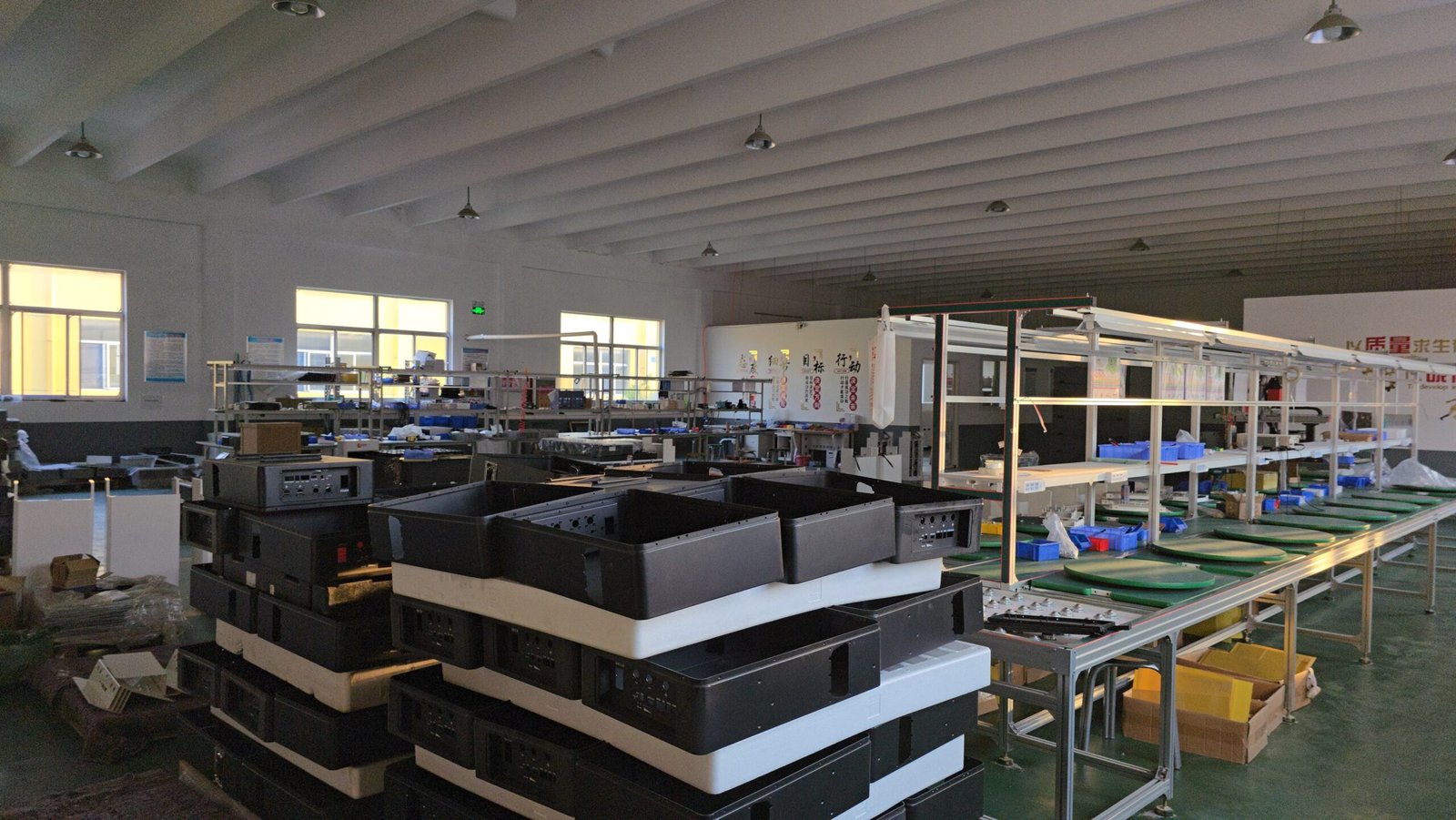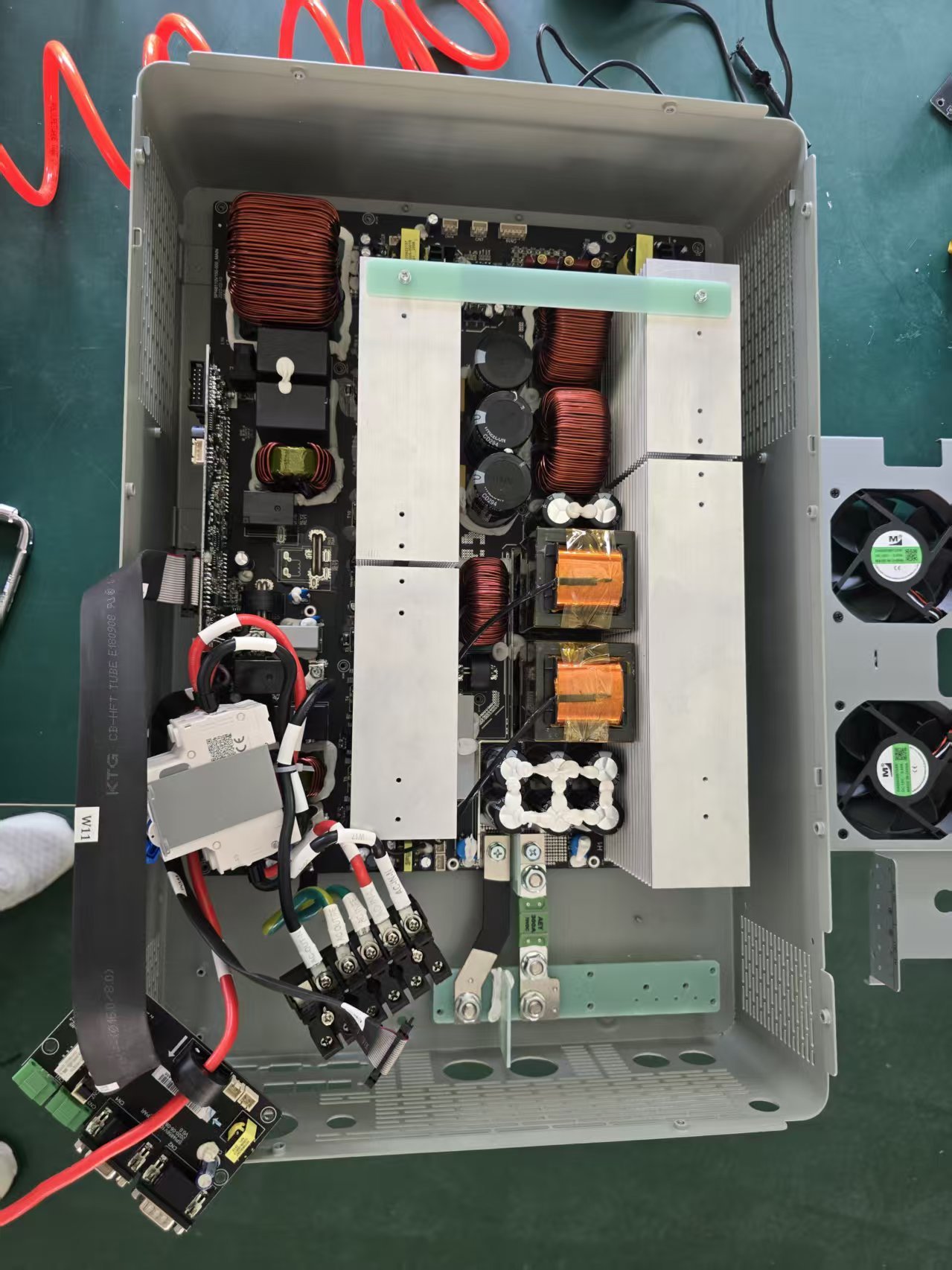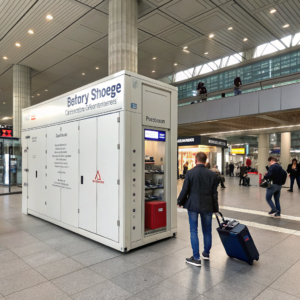Is it better to put solar panels on the roof or ground?
•
When installing solar panels, homeowners often face this crucial decision. Both options have distinct advantages that can impact your energy production and budget.
Ground-mounted solar panels typically offer better efficiency (5-10% more power) due to optimal tilt and cooling, while roof-mounted systems save space and often require less permitting. The best choice depends on your property layout, energy needs, and budget.
The decision between roof and ground installation affects not just energy output but also maintenance access and system longevity. Let's examine the key differences to help you choose wisely.
What are the disadvantages of ground-mounted solar panels?
Ground systems seem ideal, but they come with some often-overlooked challenges that could affect your decision.
Ground-mounted solar panels require more land, higher installation costs (20-30% more than roof systems), and additional permitting. They're also more vulnerable to damage from wildlife, vegetation, and accidental impacts compared to roof installations.
!
While ground systems offer performance benefits, several practical factors deserve consideration:
- Space Requirements:
- Need clear, unshaded land area (typically 300-600 sq ft per kW)
- Must comply with setback requirements from property lines
- Installation Complexity:
- Requires sturdy mounting structure (concrete footings or ground screws)
- Longer wiring runs to electrical panel increase costs
- Maintenance Factors:
- Easier to clean but more exposed to dirt/debris
- May require vegetation management (mowing around array)
- Safety Considerations:
- More accessible to children/pets
- Potential tripping hazards if poorly placed
What is the most efficient way to mount solar panels?
Efficiency depends on more than just the mounting location - proper orientation and tilt make a huge difference in energy production.
The most efficient solar panel mounting uses adjustable ground mounts set at your latitude's optimal angle (typically 30-45°), facing true south (northern hemisphere) with no shading. This setup can outperform fixed roof mounts by 10-25% annually.
To maximize efficiency, consider these technical factors:Factor Optimal Setting Performance Impact Tilt Angle Equal to local latitude (±15° seasonally) 5-15% gain over flat mounts Azimuth (Direction) True south (northern hemisphere) 20%+ loss if facing east/west Spacing 1.5x panel height (ground) Prevents shading between rows Height 3-4 ft above ground Improves airflow/cooling Advanced options like single-axis trackers can boost output by 25-35%, though they increase system cost and maintenance requirements. For roof systems, the ideal scenario is a south-facing roof pitch matching your latitude.
What is the best mounting structure for solar panels?
The mounting system forms the foundation of your solar array - choosing the right one ensures decades of reliable performance.
For roofs, rail-based aluminum mounting systems (like IronRidge or Unirac) offer the best balance of durability and ease of installation. For ground mounts, galvanized steel structures with helical piles or concrete foundations provide maximum stability in all weather conditions.
Key considerations for selecting mounting systems:
Roof Mounts: - Composition shingle roofs: Use flashing-mounted L-feet
- Tile roofs: Require specialized hooks/tile replacements
- Flat roofs: Ballasted systems avoid roof penetrations
- Must accommodate roof slope (0-45° typically)
Ground Mounts: - Fixed-tilt: Most cost-effective for permanent installation
- Adjustable: Allow seasonal angle changes (spring/fall)
- Tracking: Single-axis (25% gain) or dual-axis (35% gain)
- Foundation options:
- Helical piles (no concrete, quick install)
- Concrete piers (most stable long-term)
- Ground screws (moderate cost, good stability)
Premium mounting features to consider: - Anodized aluminum for corrosion resistance
- Integrated wire management
- Snow/wind load ratings for your area
- Compatibility with your specific panel dimensions
Conclusion
Roof mounts save space and cost for most homes, while ground mounts offer superior efficiency for properties with adequate land. Your ideal choice depends on site specifics, energy goals, and budget.






